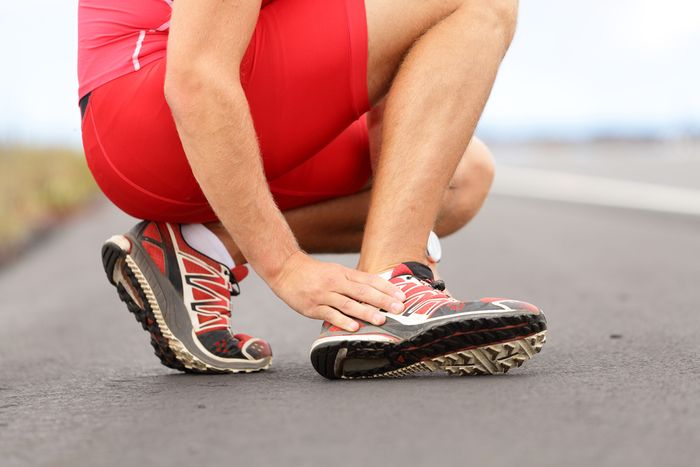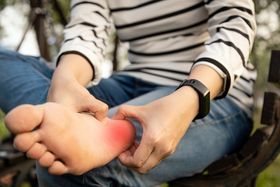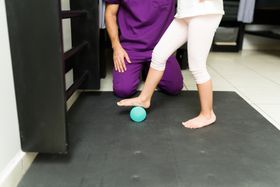Overcoming Foot Fractures: Returning to Exercise Safely
Updated April 4, 2023.

Foot fractures can happen to anyone, but athletes are particularly prone to this injury. A foot fracture occurs when one or more bones in the foot break or crack, due to trauma, overuse, falls, or twisting of the foot. Stress fractures are the most common type, and they occur when repetitive stress on the joint causes a small crack in the bone. The symptoms include pain, swelling, and tenderness.
Generally, it takes about 6 -8 weeks for the foot fracture to heal. However, it may take 3-6 months for all the symptoms to resolve. During this time, treatment will vary depending on the severity of the injury. Ice therapy and non-weight-bearing exercises are recommended for treating foot fractures.
Here are some tips on when to safely return to exercise and how to begin the exercise.
How to Return to Running After a Stress Fracture
If recovery is not complete, there's a high risk of re-injury. That's why it's essential to implement a return-to-running program after a stress fracture. Your stress fracture is considered healed when you can walk without any pain. Once you reach this point, you can incorporate resistance exercises into your recovery program to rebuild your foot strength.
Many people who suffer a stress fracture can return to running or jogging within 6-8 weeks. The key is to understand that recovery is a gradual process that requires patience and careful attention to your body. Here are some tips to keep in mind when trying to get back to running after a foot fracture:
- Begin with low-impact exercises: While you may experience some pain in the foot or ankle after starting or returning to a new exercise regime, you should avoid any exercise that increases your pain. You can start with low-impact exercises like walking, cycling, or swimming to gradually reactivate your muscles and build your strength and endurance without overwhelming your foot.
- Set incremental goals: Establish goals that help you gradually increase the intensity of your exercises. Begin with jogging in place before progressing to short, slow jogs on flat, even surfaces. Later, you can increase the intensity by extending your running time, speed, and distance while paying attention to your body. Eventually, you can progress to exercising on uneven surfaces.
- Strengthen your foot: Prolonged immobilization can lead to atrophy of the foot muscles. Plan to strengthen the foot using various isometric exercises like standing on one foot, standing on your heels, or slowly shifting weight to the balls of your feet. Pay attention to the level of pain you feel and report it to your doctor if it hurts.
- Provide supportive shoes: Choose a comfortable pair of running shoes that stabilize your foot, cushion it, and provide proper arch support during exercises. Avoid old or worn-out shoes that may affect your gait and increase the risk of re-injury.
- Pay attention to your body: Your body's response to daily activities determines how much you can do. If you notice any pain or discomfort in your foot, adjust your recovery program accordingly. Sometimes, you may need to reduce the intensity for a period or take a break and consult a medical professional for advice.
Reclaim Your Fitness
While working through recovery, custom orthotics are another treatment option to consider, as they can help prevent further injury by supporting the foot. Medical-grade insoles like Upstep custom orthotics are designed to fit the foot specifications by professional podiatrists using high-quality materials. They're comfortable, keep the foot in alignment, and provide optimal support while you perform your daily activities.









